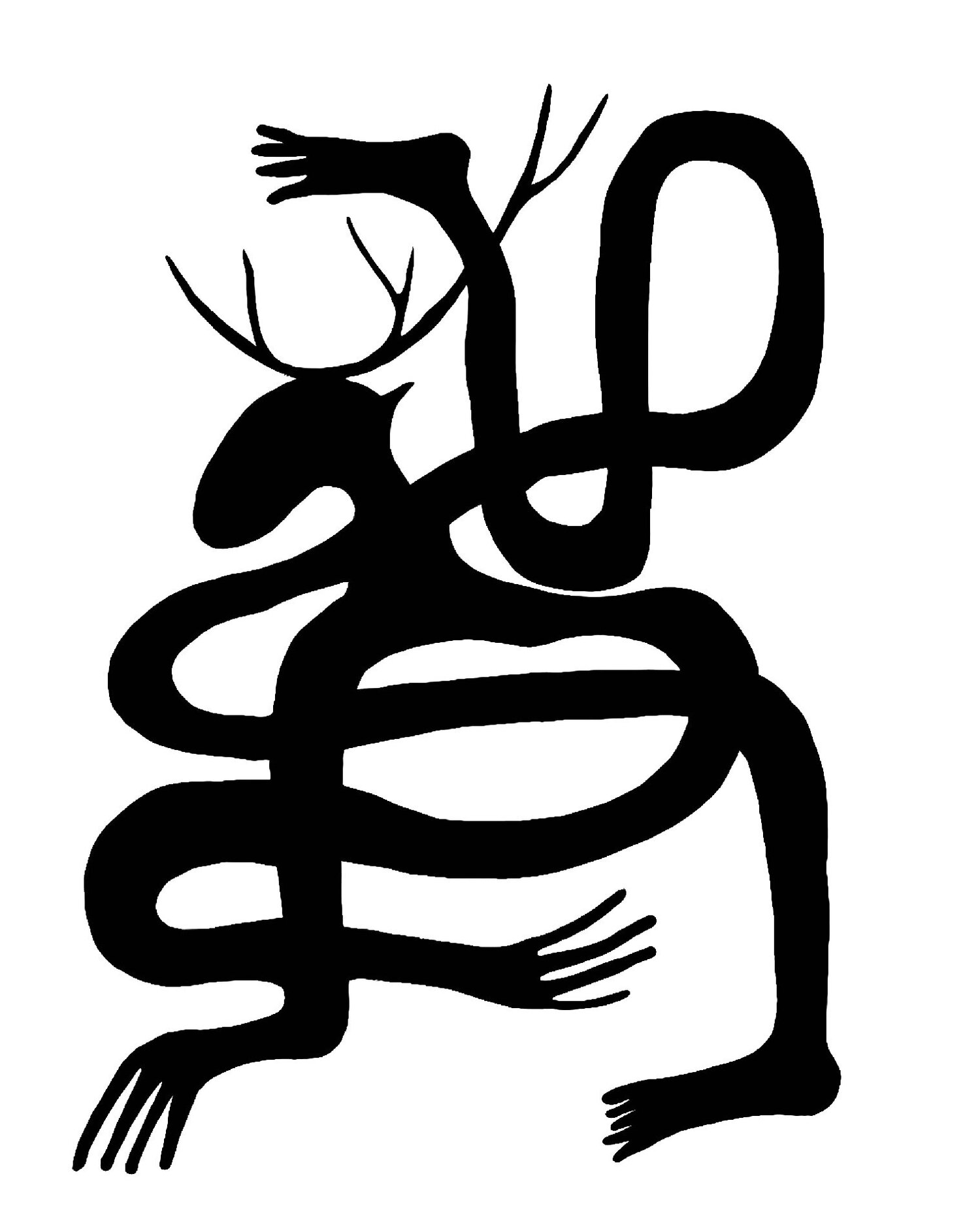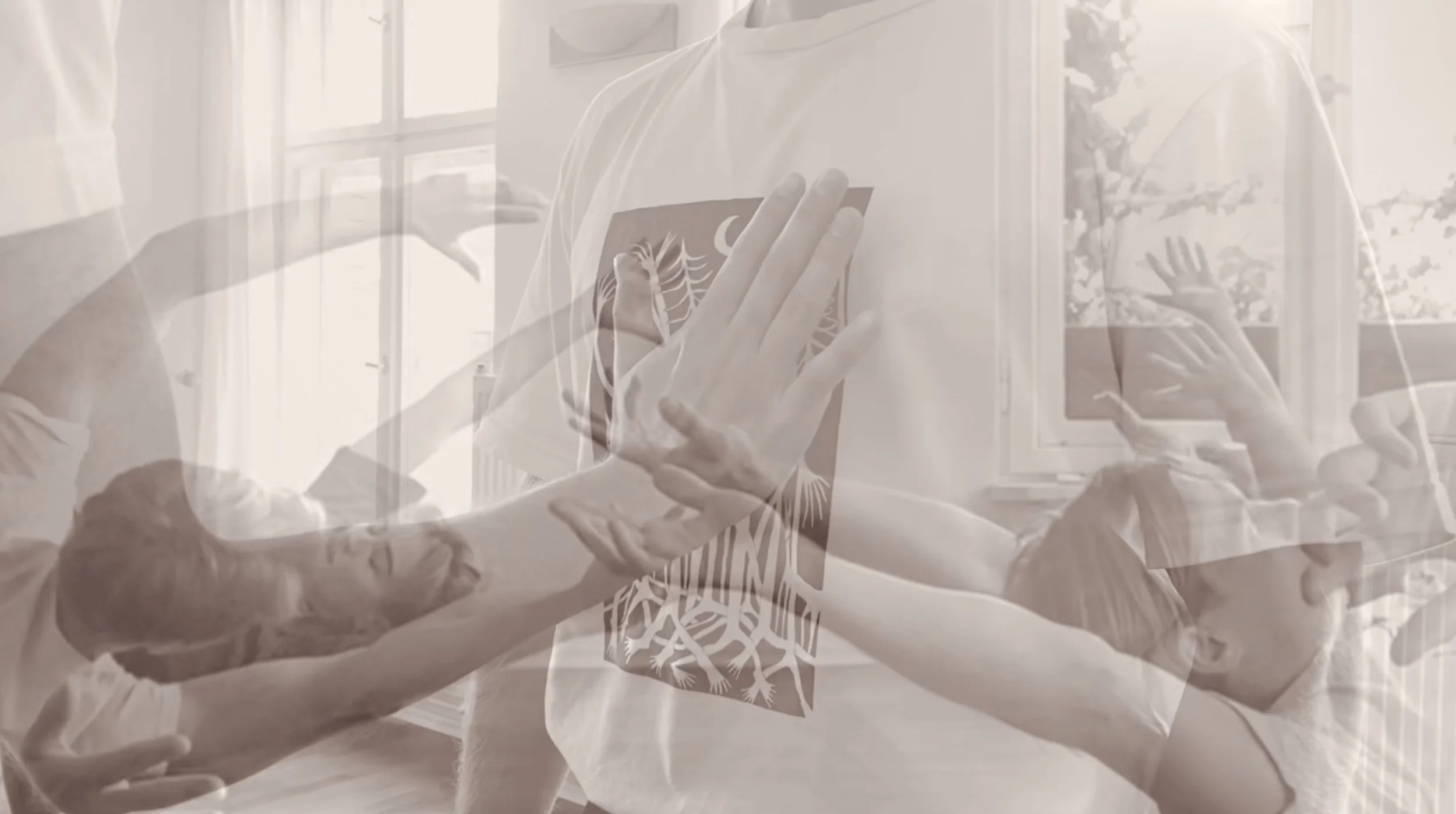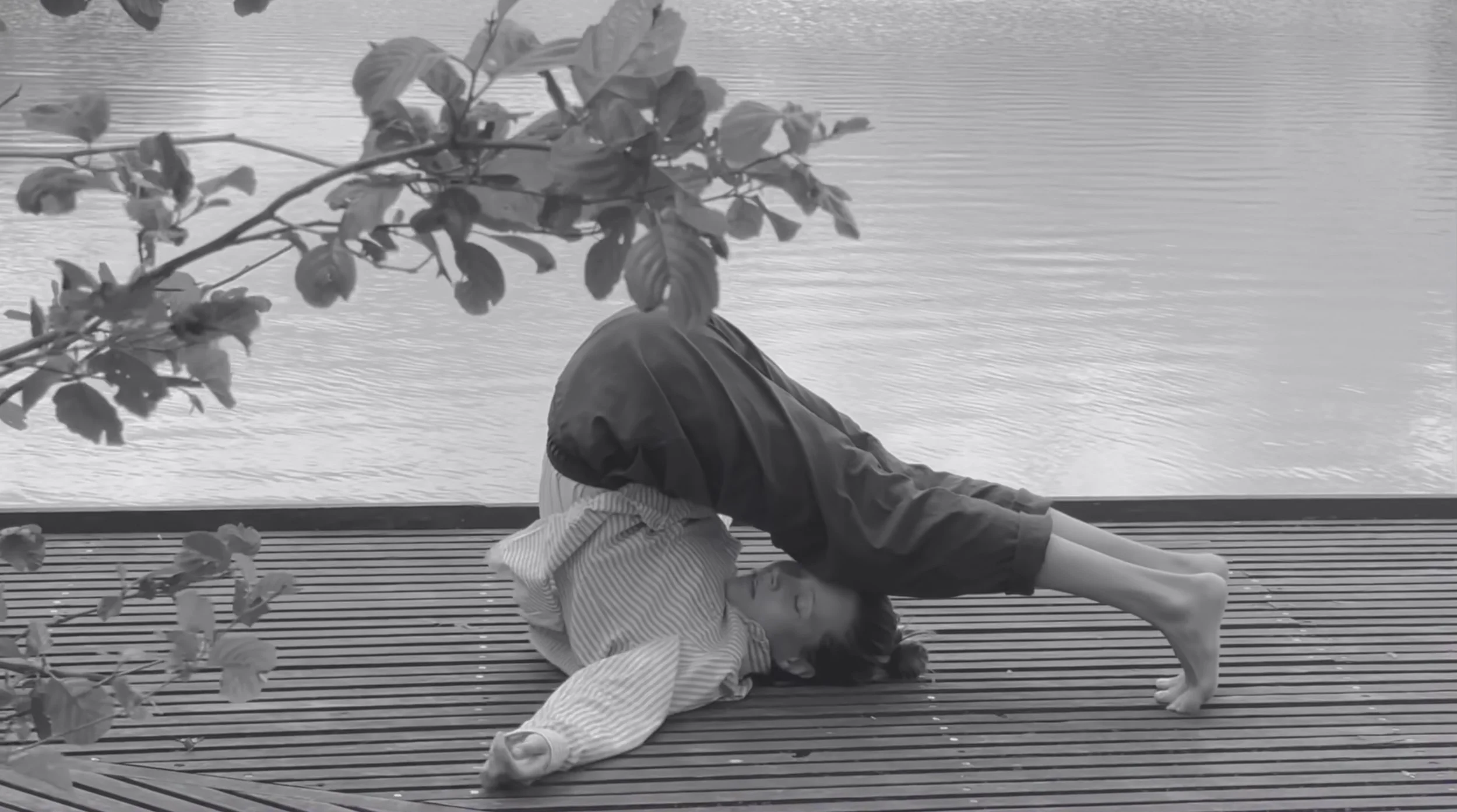treatment approach
Touch is an environment that can invite the state of novelty, leading to a change that we may not always achieve on our own. In this sense, the concept of treatment extends beyond any specialization: healing can occur with a single hug.
There is a phenomenon known as the 'orienting reflex,' an immediate response of an organism to a change in its environment, provided that the change is not abrupt enough to trigger the startle reflex. This term was coined by physiologist Ivan Pavlov, who also referred to it as the 'Shto eto takoe?' reflex ('What is this?'). The orienting response essentially represents a reaction to novelty. In the 1950s, Russian scientist Eugene Sokolov documented a related phenomenon known as 'habituation,' which describes the gradual decrease in the orienting response as an individual becomes more familiar with a repeated stimulus.
Simply stroking a stone will not turn it into a sculpture. As the potter inquires into the clay, the clay also shapes the potters touch. When it comes to the bodies, from both sides, discovery is only as deep as the wondering on “what is this?”.
On treatment
Soft and hard tissues exert a reciprocal action upon one another. With the harmonies disrupted inside this structure, disorder arises: where blockages accumulate energy cannot move, the stagnation expresses in many different forms, including seemingly unrelated behavioural matters.
When blockages get resolved, energy starts to flow through matter - order accumulates. For that to happen we can facilitate (internal) conditions to protect and promote our energy by seeking appropriate stimulations.
When I treat I look to facilitate such stimulations as well as provide an experience of a state of novelty within the body.
Clip created/edited by Andrey Natotsinskiy


